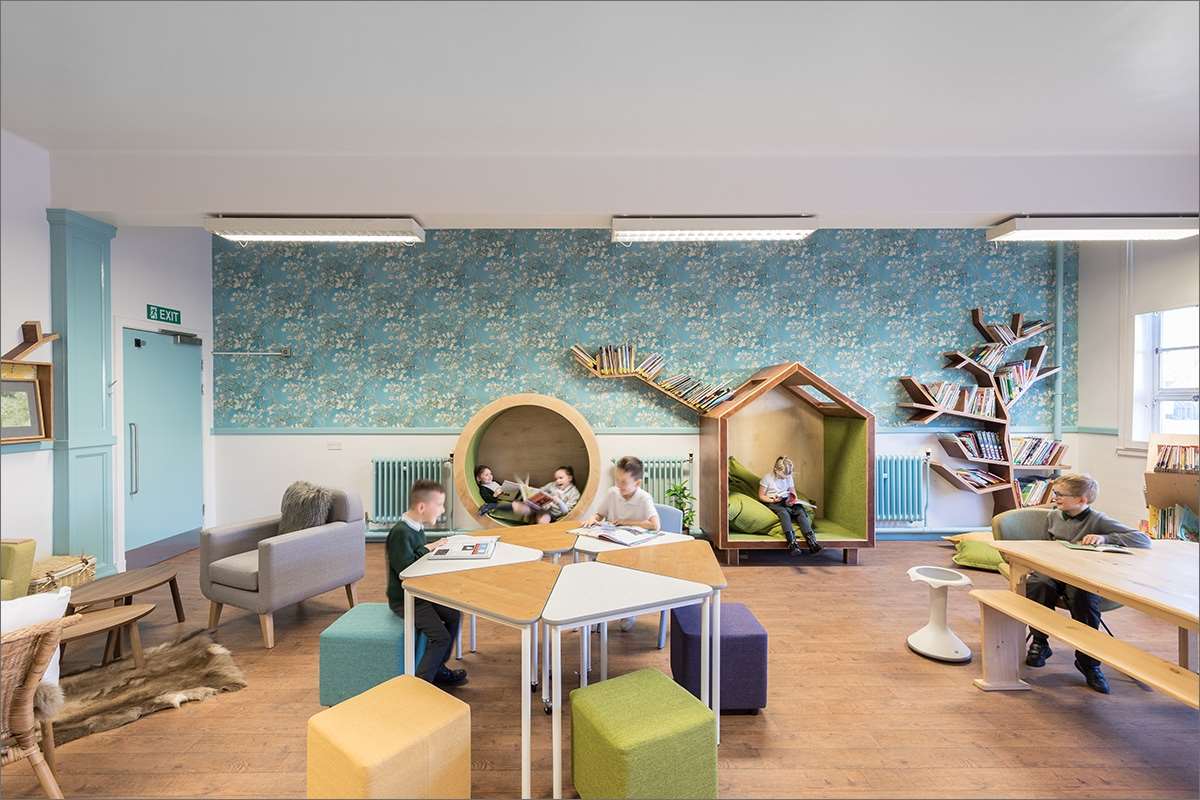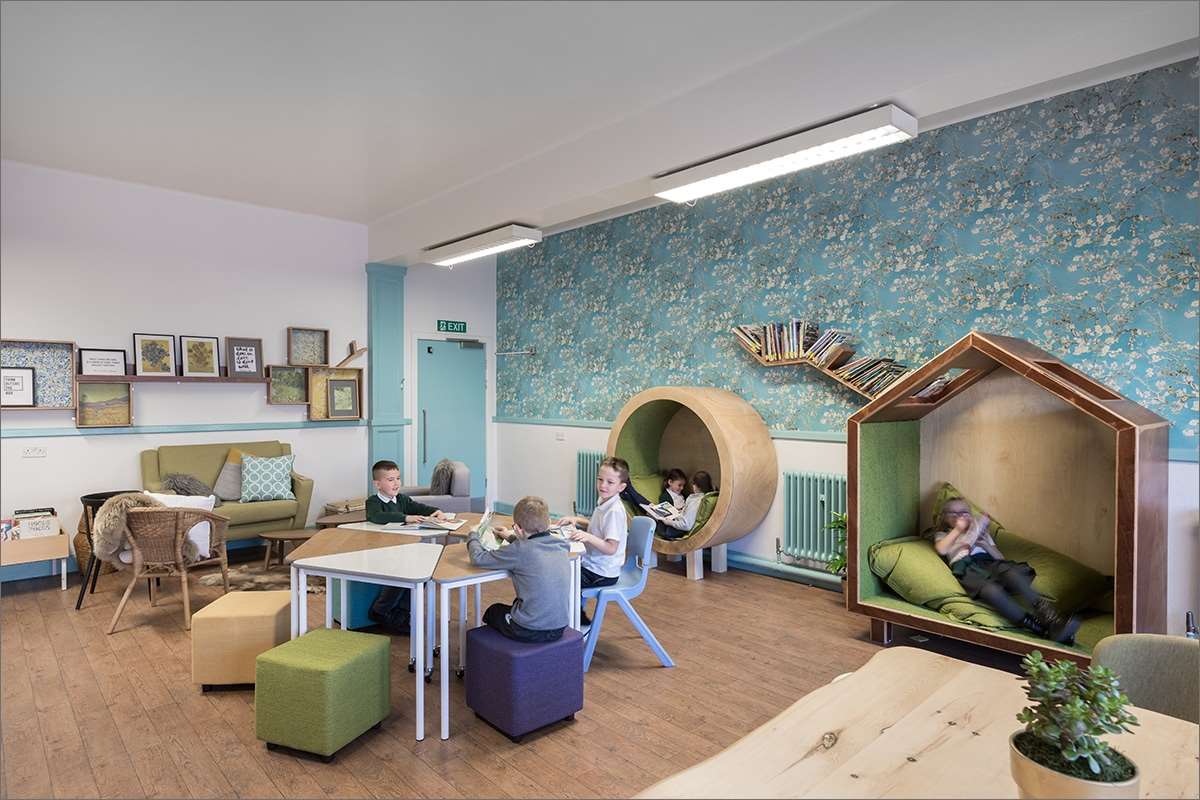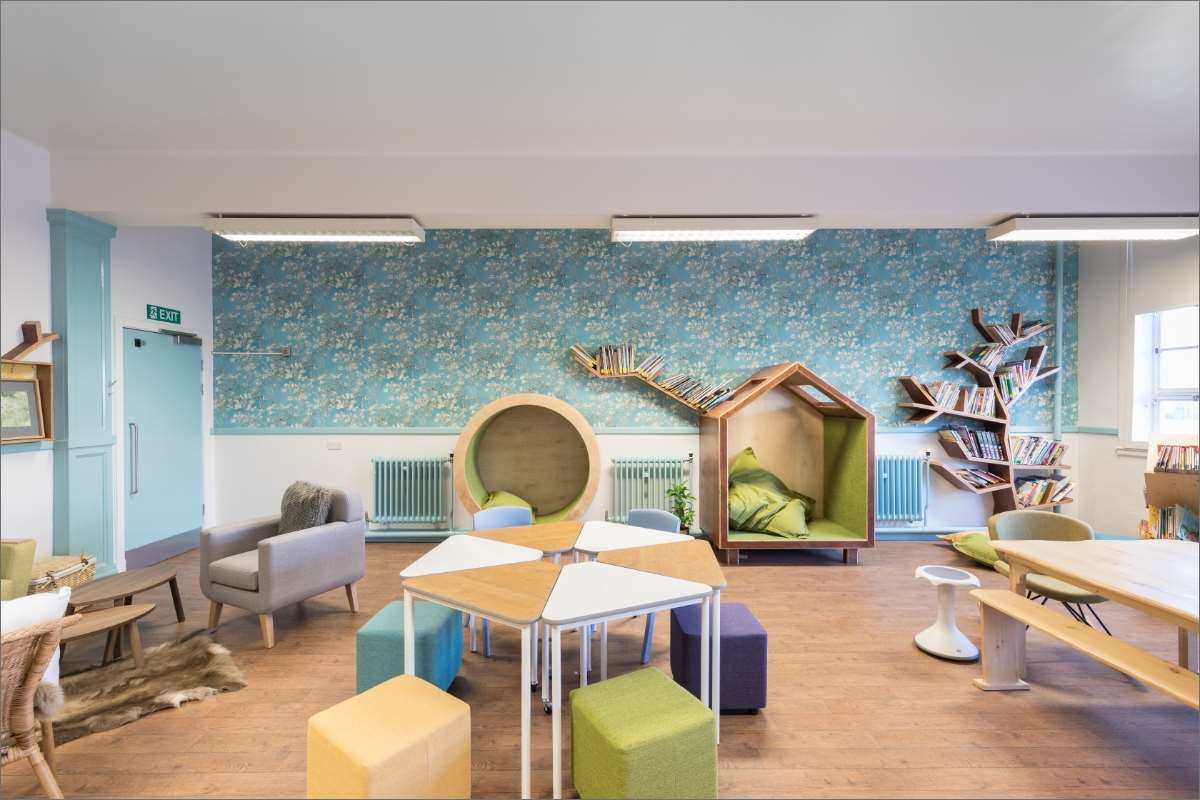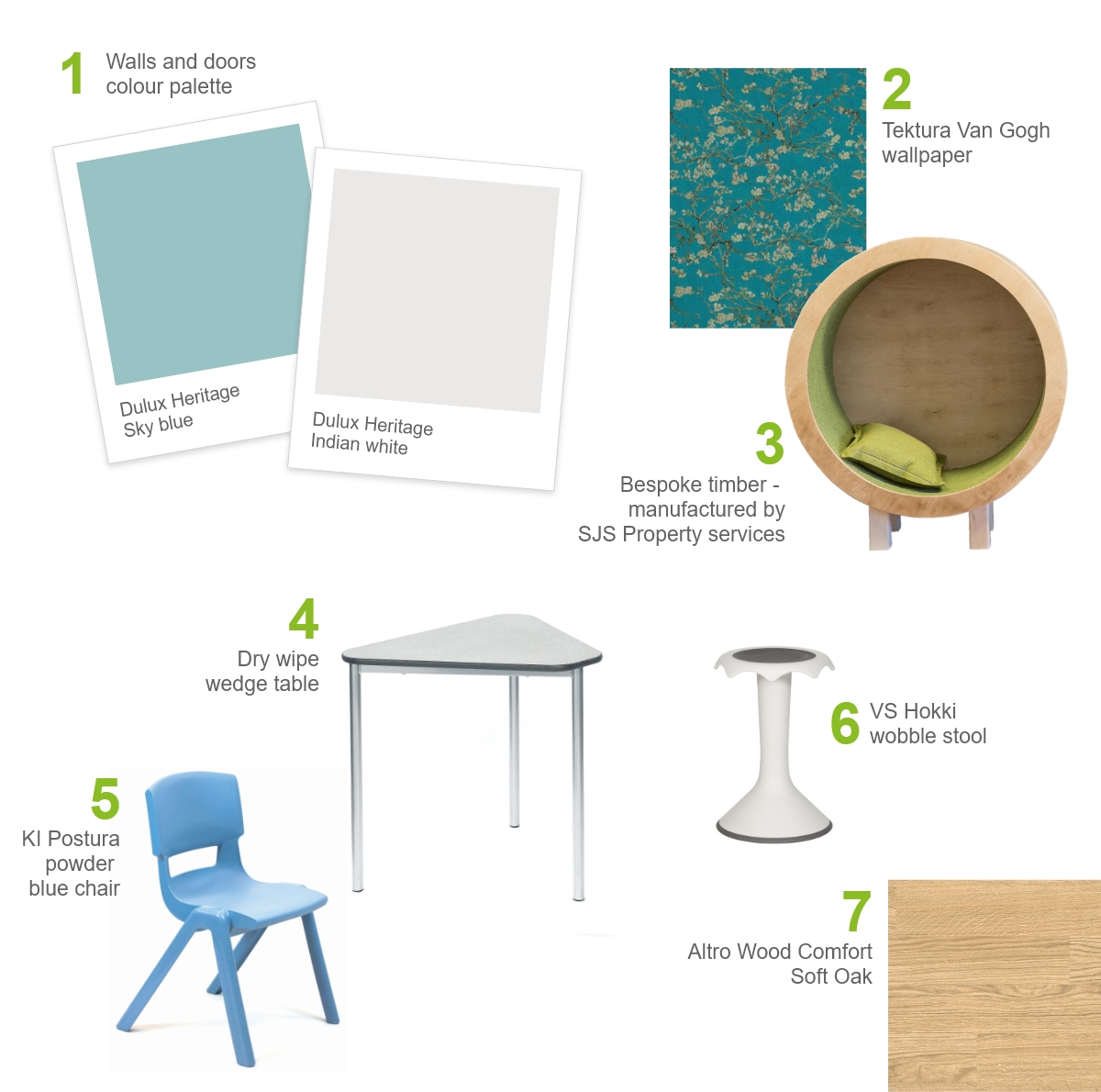
Registering with MyAltro allows you to save all your favourite technical documents, blogs and videos in one place. Get access to exclusive content, additional technical support and more. Once you have submitted the registration form you will receive an email to verify your account. You will need to verify your account in order to log in, so follow the link in the verification email to complete this action.
When you set your password, it will need to be at least 8 characters including an upper case letter, a lower case letter, a number and a special character.
Enter your details below to login
Can't see the region you're looking for? You can find a list of our global locations here
You are currently on the site for New Zealand. We think you might be looking for the site for United States/Canada.



I was asked to create a self-contained space at the front of a primary school; a welcoming, flexible room for multiple activities that would also be used by the community, either with the school, or out of hours for local groups. This fits with a local focus on encouraging schools to be community friendly, and we spoke with parents, staff and children to ensure we had their views on how the space should look and feel, with wellbeing and inclusivity in mind, to create a calming and nurturing space. Creating the space involved repurposing the old dining room, refurbishing but retaining the kitchen next door, and adding an accessible toilet.
Biophilic design is at the heart of the education projects I work on and goes hand-in-hand with supporting wellbeing, which is the aim of any new space we create. The room is full of natural colour: wood tones, sky blue, greens. The chosen shades have grey pigment, which makes them softer, helping reduce sensory overload. Many of the design elements included support children with additional needs but of course, everyone using the space benefits. The walls are very different to a typical classroom. We used Van Gogh ‘almond blossom’-inspired wallpaper on a feature wall; frames Van Gogh prints feature on the opposite wall, encouraging children to recognise the art – opportunities to learn while benefitting from the effect of being surrounded by these beautiful, calming works.
We used a variety of seating and tables to give children the choice of where they feel comfortable. This was sourced via the supported business initiative in Scotland; organisations where more than fifty percent of the workers are disabled persons, unable to take up work in the open labour market. Much, the wooden bench for example, is made using wood and other materials from a sustainable source. Certain furniture, the wobble stools for example, were chosen to promote movement and encourage better core posture - they’re inviting to children with additional needs, such as ADHD, where moving can be a compelling need.
A key feature is the ‘nooks’; safe spaces - something we all want from time to time but are particularly important for children with additional needs. Bookshelves are scattered throughout the room, with the branch-like appearance reflecting the nature theme. This less formal look, with no set library space, encourages the children to pick up and explore the books. And, last, we used touches of home comfort such as the rug, which invites touch and provides a different texture to explore, as well as another choice of seating.
Lesley McMillan SBID
Interior Designer and Chair of the Education Design Council for the Society of British and International Design.
For more images and information on Lesley’s design, view our case study on this project here.
Scroll down for more
